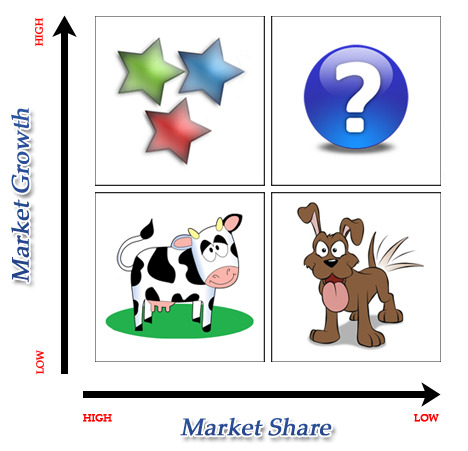A retrenchment grand strategy is followed when an organization aims at a contraction of its activities through substantial reduction or the elimination of the scope of one or more of its businesses in terms of their respective customer groups, customer functions, or alternative technologies either singly or jointly in order to improve its overall performance. Eg: A corporate hospital decides to focus only on special treatment and realize higher revenues by reducing its commitment to general case which is less profitable.
The growth of industries and markets are threatened by various external and internal developments (External developments – government policies, demand saturation, emergence of substitute products, or changing customer needs.… Read the rest


